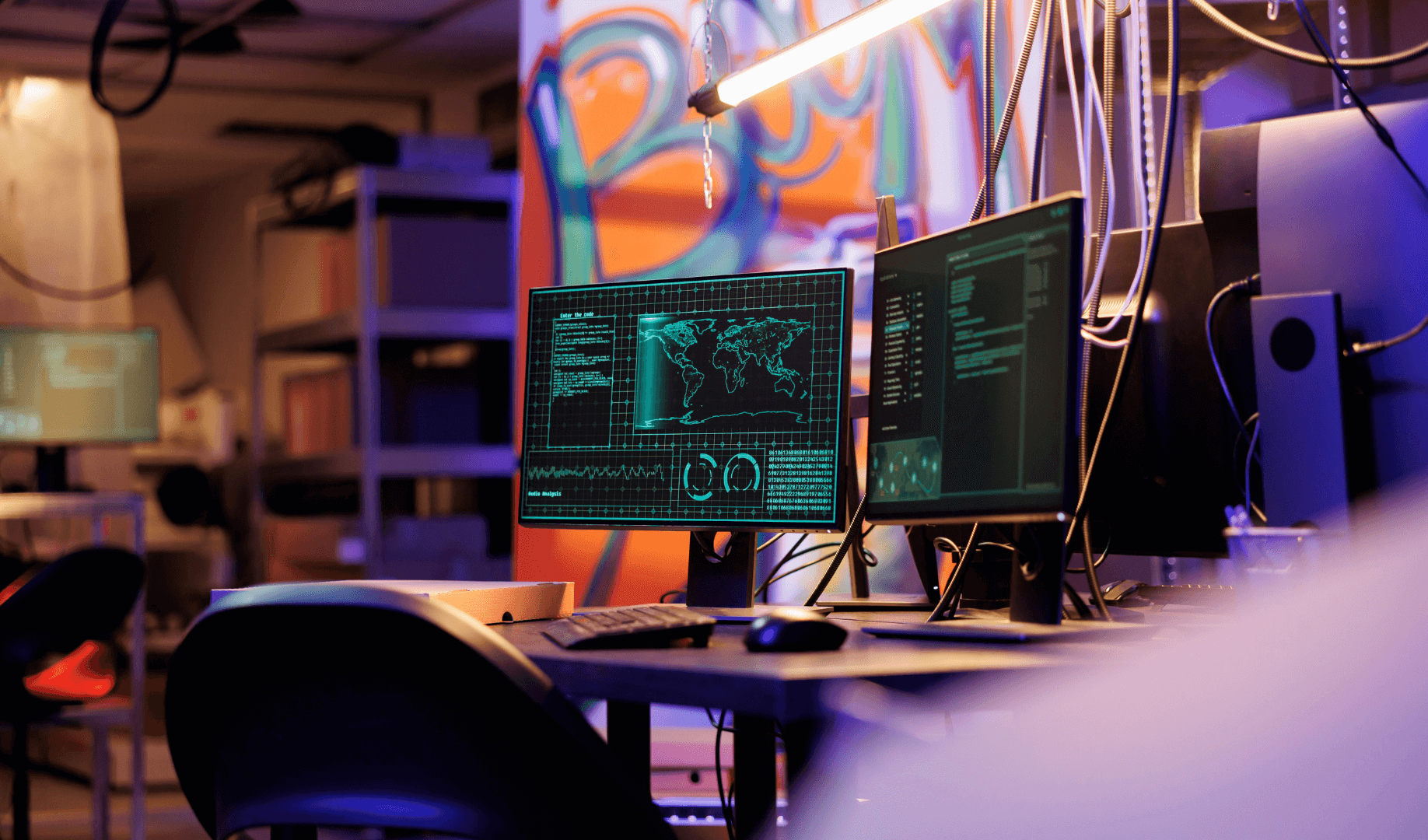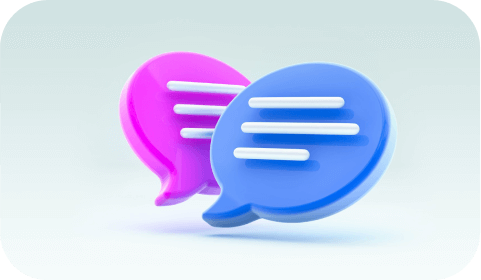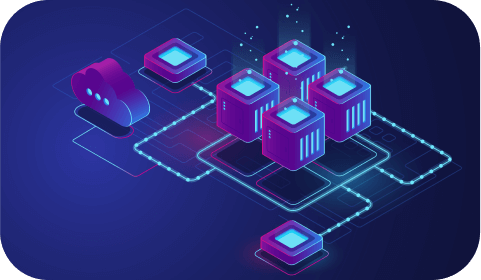Building Smarter Healthcare: How Software Brings Medical Devices to Life
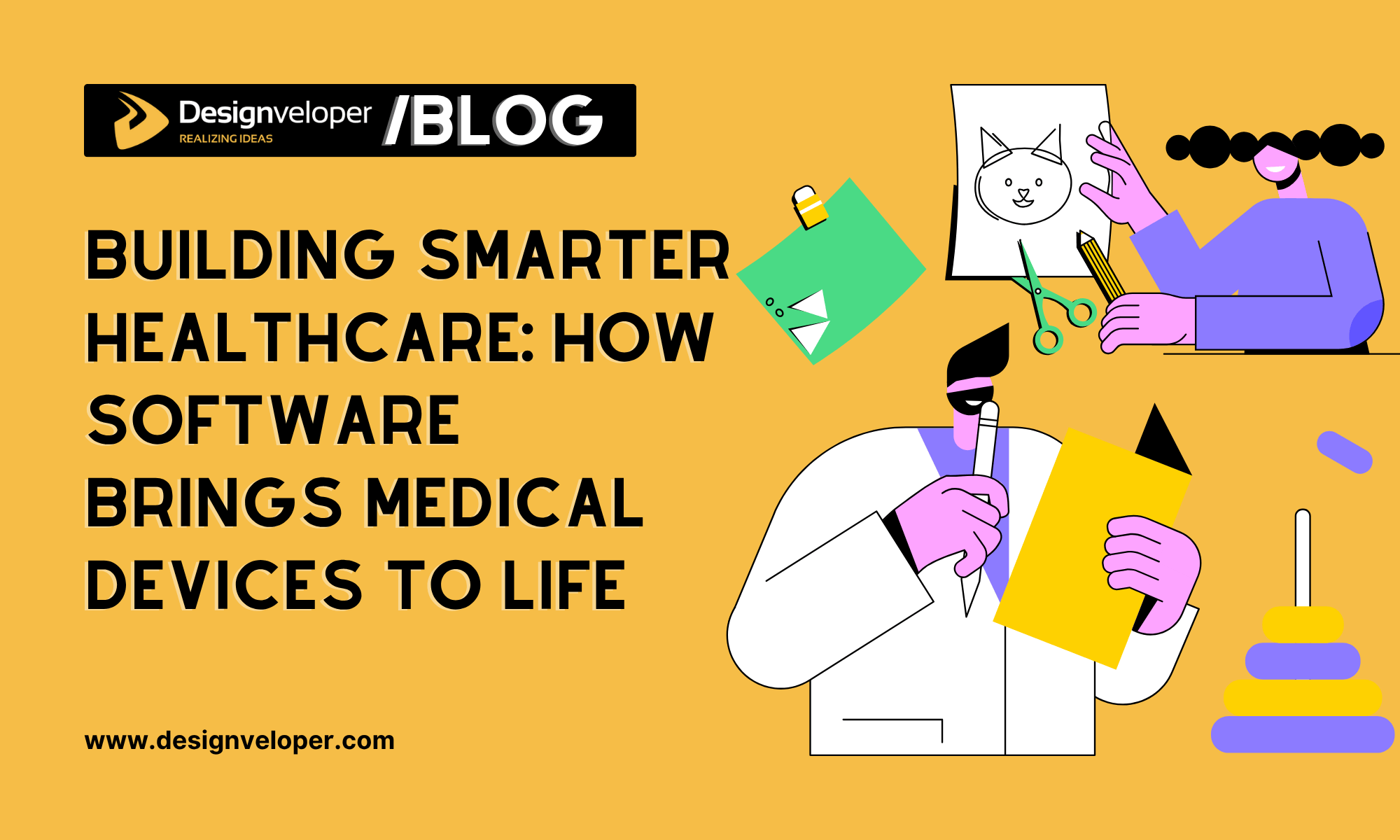
If you walk into a modern hospital today, you’ll notice that machines no longer work alone. Monitors talk to servers, infusion pumps send data to dashboards, and diagnostic tools share results with cloud systems. Somewhere between the hardware and the doctor stands software—the silent translator that turns measurements into meaning.
Behind that invisible layer is a complex process few see. Designing reliable programs for medical technology requires not just skill, but precision, compliance, and sometimes a touch of creative stubbornness. That’s where custom medical device software development services come in, bridging engineering, medicine, and user experience.
Why every device needs a mind of its own
Hardware alone can measure a heartbeat or temperature, but software interprets, visualizes, and shares those readings. Without it, even the most advanced sensor is just a blinking light. Think of pacemakers, insulin pumps, and wearable ECG trackers—they all depend on code to function safely.

The problem? Off-the-shelf solutions rarely fit the specific device. Each machine has unique hardware, data precision requirements, and certification needs. That’s why medical device software must often be built from the ground up, tailored to the device’s purpose and patient outcomes.
According to Grand View Research, the total digital health market is estimated to be worth $809.2 billion by 2030. Much of that growth comes from startups building connected tools for diagnostics, rehabilitation, and monitoring.
Step one: translating medical goals into code
Every successful project starts not with coding, but with questions. What problem does the device solve? Who uses it—doctors, patients, or technicians? Where will it operate: a sterile room or a pocket?
Once the answers are clear, the development team defines use cases and risk levels. For example:
- A blood pressure monitor requires secure Bluetooth pairing and data logging.
- A smart inhaler needs a mobile companion app that tracks usage patterns.
- A hospital ventilator demands real-time monitoring with zero tolerance for lag.
In each case, developers must combine medical safety with user logic. The code should feel invisible, the interface intuitive.
Step two: designing for safety and clarity
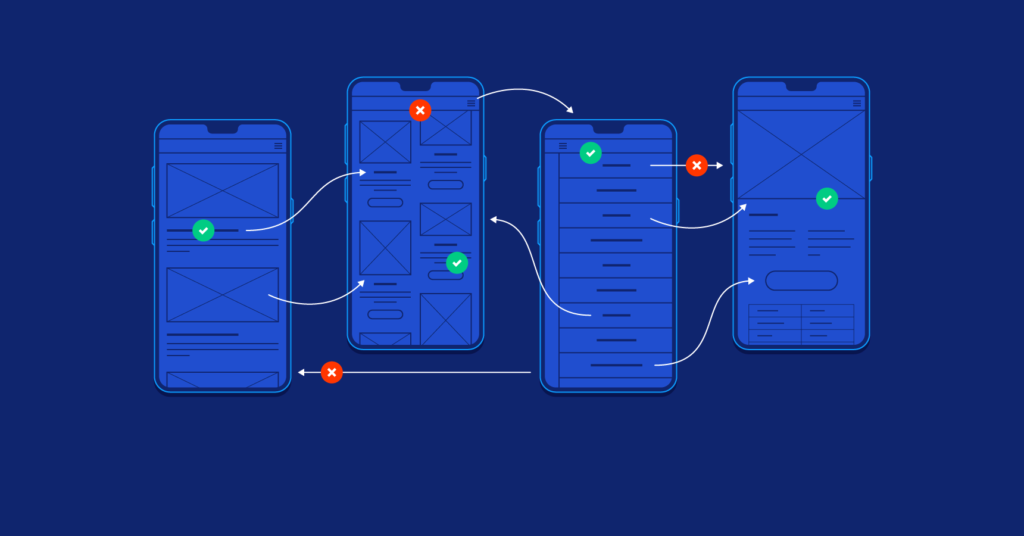
Medical devices do not forgive ambiguity. A single unclear message can cause confusion during treatment. That’s why developers rely on human-centered design principles. The goal is not to impress but to simplify.
Interface testing usually involves both engineers and clinicians. Doctors point out what feels confusing; designers observe how they use the tool under stress. Sometimes a color change or a font adjustment can prevent misinterpretation.
In this field, “pretty” means “safe.”
Step three: regulatory gravity
Unlike apps for food delivery or fitness tracking, medical device software lives under constant scrutiny. Developers must comply with standards such as IEC 62304, ISO 13485, and FDA 21 CFR Part 820. Each regulation defines how code should be documented, tested, and validated.
It can feel bureaucratic, yet it protects lives. When a monitoring app freezes during surgery, there is no “refresh page” option. Compliance frameworks reduce such risks by enforcing disciplined workflows.
Some companies underestimate how early compliance should begin. It is not an afterthought; it starts on day one, shaping architecture, testing methods, and documentation.
Step four: integration and testing

After design and compliance planning, comes the hardest part—making everything work together. Hardware components often behave unpredictably. A single update to the firmware can change how sensors send data.
Developers perform unit testing, hardware-in-the-loop testing, and clinical simulation to verify behavior. They simulate worst-case scenarios: low battery, network loss, power surge, or user error. Only when the software passes these stress tests does it approach production readiness.
Some teams also integrate machine learning for predictive insights. For example, an ECG patch might learn to detect early arrhythmia signs by comparing patient data against stored patterns. It’s not about replacing doctors, just supporting them.
Common mistakes in medical device software projects
- Starting without clinical input. Developers assume they know what doctors need, but daily hospital work is more chaotic than expected.
- Ignoring documentation. Missing a traceability matrix can cause months of delay during certification.
- Treating UX as decoration. Medical software must be understandable even when used by a stressed nurse at 3 a.m.
- Skipping maintenance. Once the device is on the market, every software update must go through verification again.
Learning these lessons early saves both time and reputation.
Real-world examples worth studying
- Philips IntelliVue monitoring systems show how real-time data aggregation across multiple hospital devices improves patient management.
- Propeller Health, a startup focusing on connected inhalers, helped reduce hospital visits for asthma patients by 54% within one year.
- AliveCor’s KardiaMobile brought medical-grade ECGs to smartphones, allowing early detection of atrial fibrillation.
These cases show how precise software design can transform simple devices into reliable, life-improving systems.
The human side of innovation
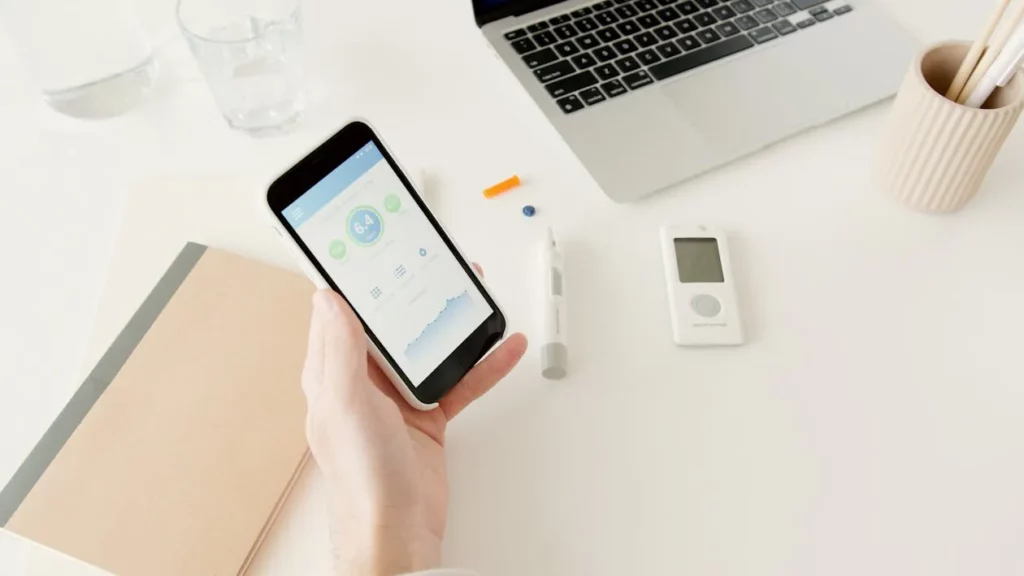
In healthcare, technology succeeds only when it respects the human rhythm of care. The perfect device is not necessarily the most advanced one. It’s the one that doctors trust, patients understand, and engineers can maintain.
Every line of code, every pixel on the screen, carries responsibility. Developers building medical device software often describe their work as a strange mix of creativity and restraint. You can innovate, but never improvise.
Final thought
The next decade will bring smarter prosthetics, implantable sensors, and diagnostic wearables. Each will rely on teams that combine medical insight with software craftsmanship.
And behind every reliable device, there will be developers who once sat in a room, sketching workflows, running tests, and making sure that when a machine speaks, it speaks clearly.
Because in medicine, silence is not an option.













